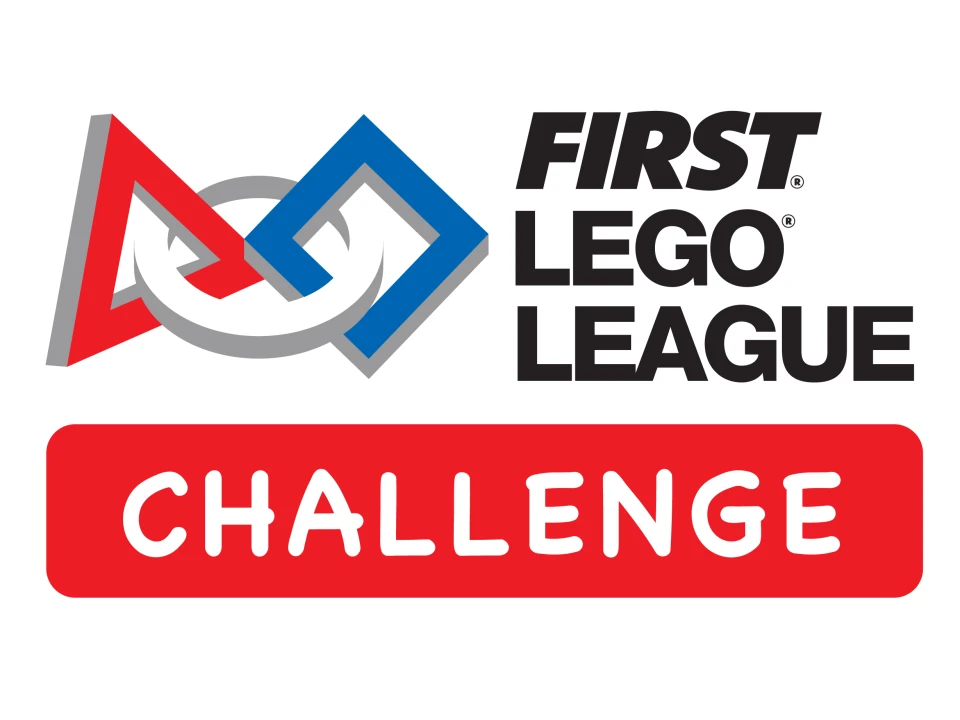Europe and the United States have allied very often, on various issues and challenges. One fine alliance is the one we present that concerns innovation in education. In Europe, pedagogical structures and methodology went through several reforms since the beginning of the last century in the direction of making education more active and putting students at the center of education.
In the United States, this innovation was already intuitively presented in the education system, often set on a hands-on methodology, in preparation for the professions.
The great educational innovators of the last century, including Italy's Maria Montessori, the Swiss Johann Heinrich Pestalozzi and Jean Piaget, the Americans Horace Mann, Benjamin Bloom, John Dewey, and Russia's Lev Semënovič Vygotsky influenced schooling in the U.S. and Europe-and in many of the world's Nationalities. The central idea of all these innovators, philosophers, pedagogues, and psychologists, over and above the cultural and epochal differences that characterized them, was that children learn in a given cultural context and do so by experiencing, by interacting on their own with people and objects in the environment. Not, then, children alone with a book to learn by heart, but learning from nature and social context, making mistakes, trying again and thus inventing new ways. In a word, playing. Moreover, another key idea of these great thinkers was that humans learn to "do something," to achieve goals: challenges.
This is how the alliance we are talking about comes into play.
In 1989, U.S. inventor and innovator Dean Kamen, inventor of, among other things, the Seagway, founded FIRST - For Inspiration and Recognition of Science and Technology, an organization dedicated to motivating the next generation to become leaders in science and technology and to build a better world. Since then, FIRST robotics programs have thrilled more than 3.2 million young people, ages 4 to 18, in more than 100 countries around the world. Alumni of FIRST programs have access to exclusive scholarships, internships and other opportunities that build connections and pave the way for a wide variety of careers.
In 1992, in collaboration with MIT professor emeritus Woodie Flowers, Kamen established the FIRST Robotics Competition (FRC), which has evolved into an international competition in which more than 4,000 youth teams participate.
Meanwhile, in Europe, in 1984, the owner of LEGO - the famous interlocking bricks - Kjeld Kirk Kristiansen attended a television program on Danish TV with MIT professor Seymour Papert, who explained his programming language, LOGO, for children. Papert, one of the founders of Artificial Intelligence, had worked several years with Jean Piaget in Geneva.
Papert's ideas about how children, learn through play, as well as LOGO's modular structure, excited Kristiansen, who saw many similarities with the LEGO system.
In 1989, ten years after the founding of FIRST, Kamen Dean and Kjield Kirk Kristiansen jointly established the FIRST® LEGO® League Challenge and created a series of small educational robots, the LEGO MINDSTORMS products, which combine LEGO bricks with an intelligent, programmable "bricks," inspired by Papert's idea, which modifies the structure of LEGO Bricks into a real, programmable robot, equipped with motors and sensors.
Every year since 1998, thousands of children around the world participate in FIRST® LEGO League competitions. Using LEGO MINDSTORMS technology, teams of students ages 9 to 16 design, build, program and test robots to solve the challenges facing today's scientists. Each year FLL's mission changes, but it is always connected to the themes of solidarity, sustainability and equity. The 2024 challenge is set around the SUBMERGED theme, The Ocean is More Than What You Can See on The Horizon, knowledge and protection of the oceans. Every year, the first week of August, the FLL mission is published with the different activities: millions of children are now waiting for the 2024 challenge to be published.
Millions of boys, girls, boys and girls compete in the FLL, play, have fun and learn, try themselves in those STEM (Science, Technology, Engineering, and Math) skills that are much talked about today but to improve them we need to be able to put the never on digital and robotic technologies, from an early age, in order to become citizens aware of their use, their undoubted benefits, and also their risks.
Scuola di Robotica, of which I am a member, is a nonprofit founded 22 years ago in Italy by a collaboration between robotic engineers and humanities scholars with the goal of raising awareness, application and research of robotics and robots to improve the quality of life for humans.
We have carried out various projects, in Italy and around the world, organize robotics competitions for schools and are the Italian Referents of the First Lego League.




